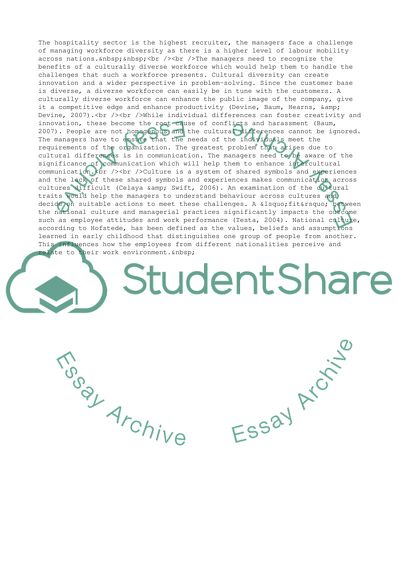Cite this document
(Managing Cultural Diversity in the Hospitality Industry Essay, n.d.)
Managing Cultural Diversity in the Hospitality Industry Essay. https://studentshare.org/management/1730193-cross-cultural-management-international-issues-in-the-hospitality-industry
Managing Cultural Diversity in the Hospitality Industry Essay. https://studentshare.org/management/1730193-cross-cultural-management-international-issues-in-the-hospitality-industry
(Managing Cultural Diversity in the Hospitality Industry Essay)
Managing Cultural Diversity in the Hospitality Industry Essay. https://studentshare.org/management/1730193-cross-cultural-management-international-issues-in-the-hospitality-industry.
Managing Cultural Diversity in the Hospitality Industry Essay. https://studentshare.org/management/1730193-cross-cultural-management-international-issues-in-the-hospitality-industry.
“Managing Cultural Diversity in the Hospitality Industry Essay”. https://studentshare.org/management/1730193-cross-cultural-management-international-issues-in-the-hospitality-industry.


